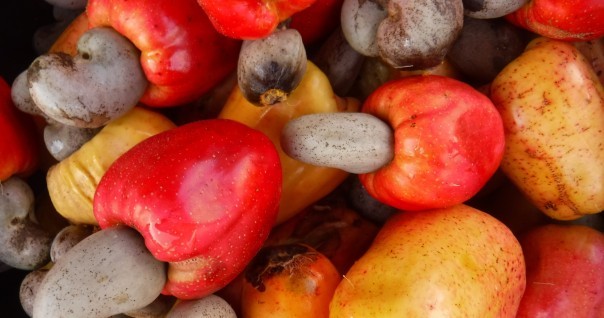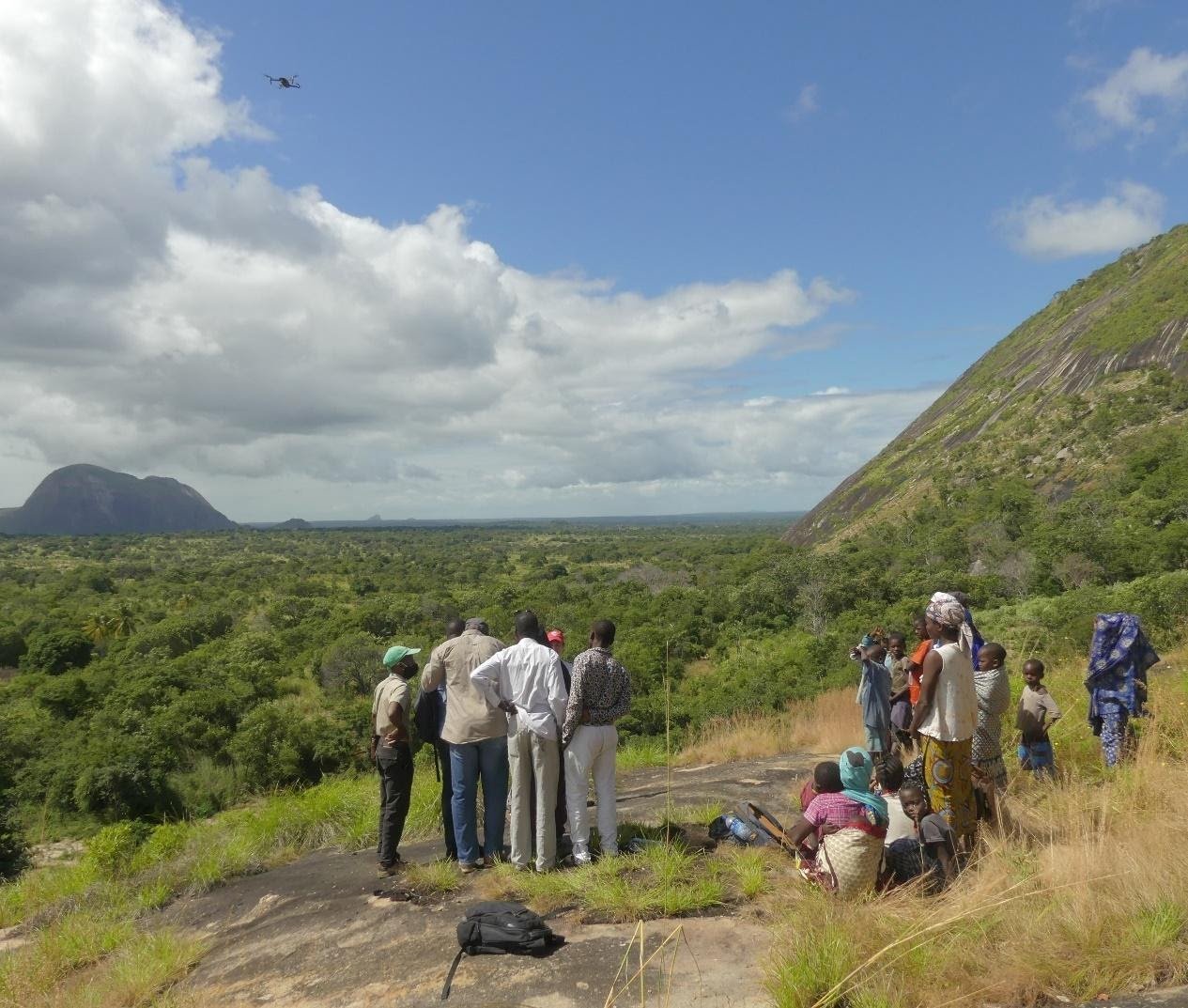

Launch of a pilot study and training in the use of drones to support cashew industry in Mozambique
Supporting and Strengthening the Cashew Industry in Mozambique
From producers' plots to cashew buyers and processing plants, Nitidæ’s activities are very diverse. Today as partner, the Instituto de Amêndoas de Moçambique IAM, IP a national institute for the development of the cashew nuts value chain was yesterday part responsible for plant selection and disease and pest control, supporting producers in all provinces of Mozambique. An important challenge for the Instituto de Amêndoas de Moçambique IAM, IP and value chain actors is the accurate assessment of the production in the country. Each year, there are increasing disparities between estimated national production and production confirmed by cashew sub-sector statistics (quantities processed, exported, etc.), and it is clear that informal national consumption or illegal export of cashew nuts may constitute a significant portion of this production that is indeed difficult to estimate.
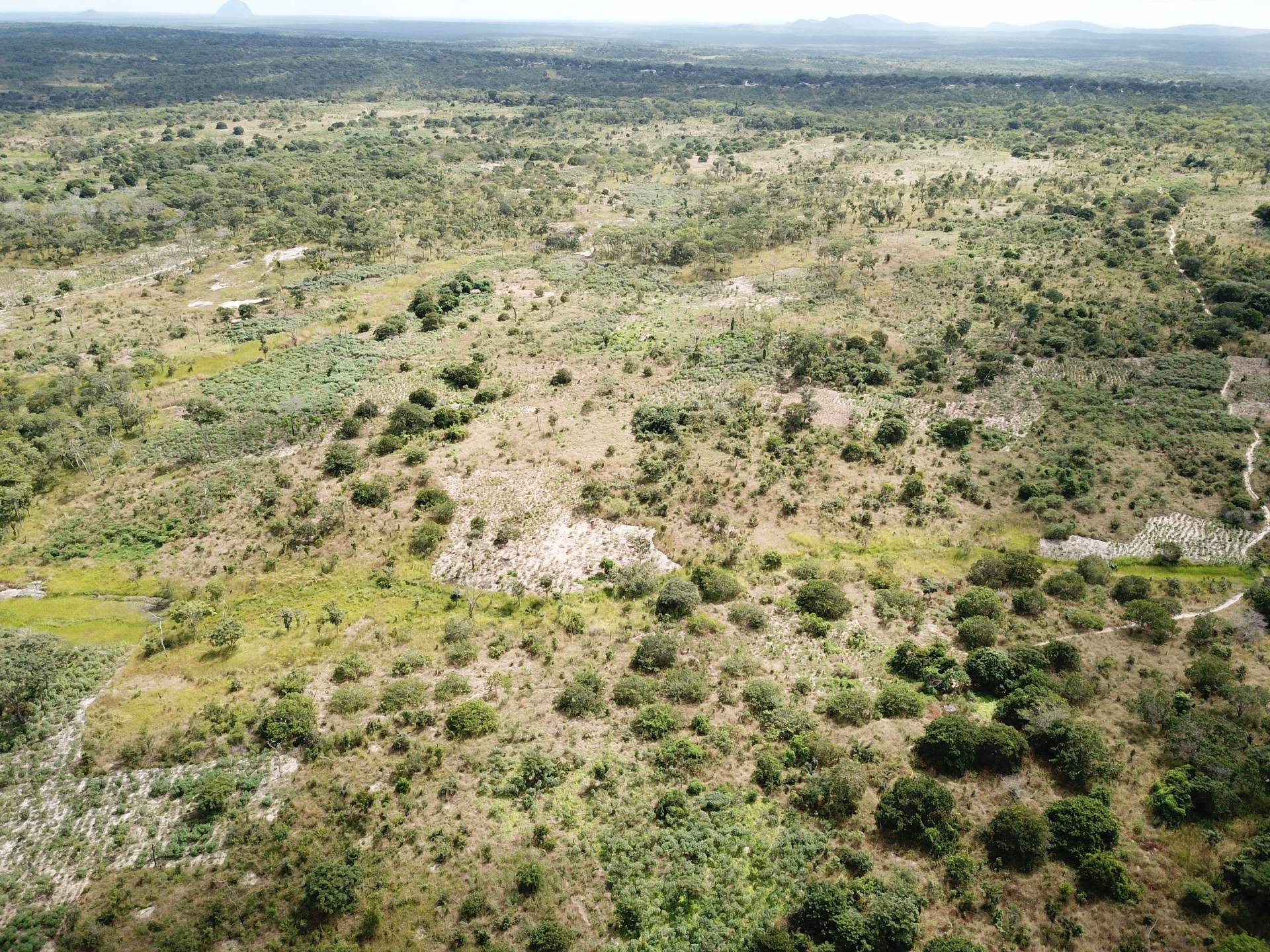
Cashew tree plantation within agricultural plots at the deforestation front in the north of Gilé National Park (background of the photo)
Cashew Nuts National Production
It depends on several factors, including the occurrence of diseases, climatic conditions, or the impact of extreme weather events and, of course, the number of productive cashew trees in the country. In this sense, the Instituto de Amêndoas (IAM, IP) has already initiated through the registration of producers and their orchards in the ConnectCaju database, in the first phase covering the provinces of Cabo Delgado, Nampula and Zambézia, an important effort to better understand the location of cashew production areas of the country. However, given the vast areas of the country and the difficult access routes, it is of interest to develop complementary methodologies to estimate cashew production at the national level.

Cashew nuts picture took by Momentum Production
Training Mission for the Use of the Drone
In this context, the Supporting the Cashew Value Chain in Mozambique (ACAMOZ) project launched a pilot study to assess the feasibility of developing a rapid methodology to identify cashew tree numbers using remote sensing techniques (aerial and satellite imagery) to assess potential cashew production in a particular area of the country. A training mission of IAM and Nitidæ technicians and engineers took place in May 2021 in the Gilé district around the Gilé National Park (PNAG), Zambézia province. This study is carried out in collaboration with the Forest Engineering Department of the Eduardo Mondlane University (UEM). The methodology proposed follow a bottom-up approach, based on the analysis of correlations between variables measured or estimated in the field at the tree level (structure, yields, history) and variables that can be extracted from aerial imagery (e.g. tree height, canopy area) and satellite imagery (e.g. vegetation index). Following this first-training mission, a field campaign of tree inventory and drone acquisitions will be launched in August 2021, during the cashew flowering period in order to collect all the necessary information. Very high-resolution satellite images (Sentinel, Planet) will also be collected to enable mapping the yards on a larger scale.
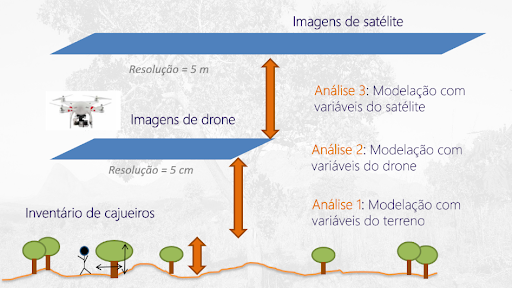
Simplified illustration of the general methodology of the pilot study. Recent satellite images with very high resolution, especially during the dry and flowering season, can be used to extrapolate these estimates over large areas
The Objective of this Study Pilot
In the end, this 6-month study aims to establish a methodology for the identification and mapping of cashew trees with the use of UAVs and to evaluate the cashew nut production potential. Beyond these objectives, this study will look at the dynamics of deforestation in the buffer zone of the GNAP and will provide information on potential communities that could be prioritized for the development of organic cashew production certification.
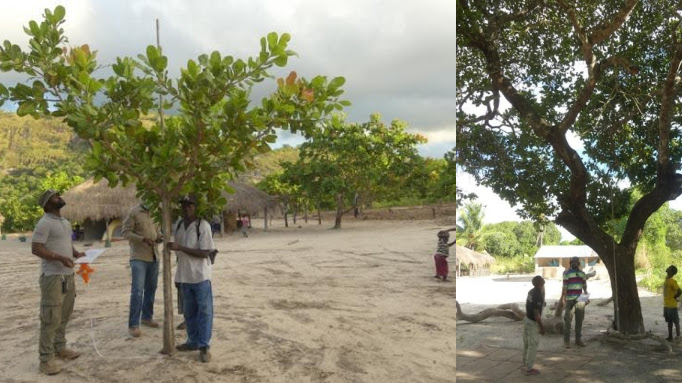
Illustration of cashew tree measurements, on the left a 2-year-old tree and on the right, a 35-year-old tree
Related projects
